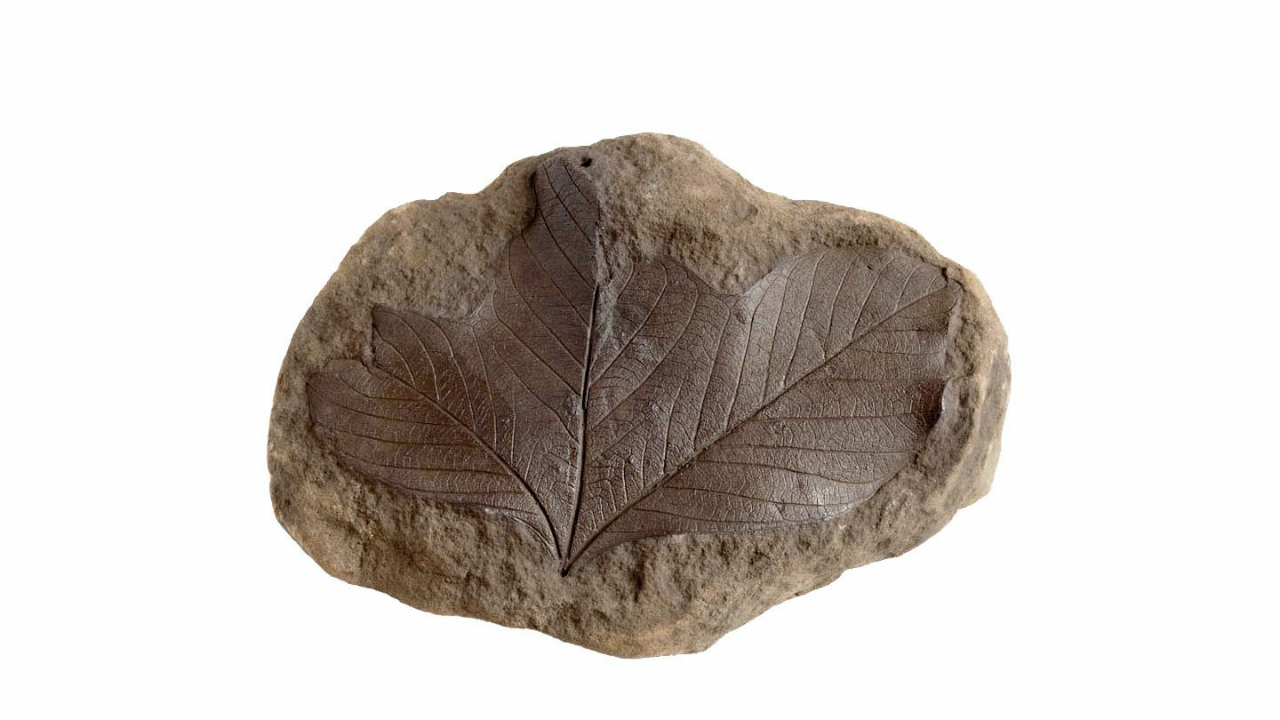PTERIDOLOGY SELAGINELLA

Introduction In this section we are going to discuss about the reproduction of Selaginella. Selaginella reproduce manily two ways Vegitative Reproduction and sexual reproduction Vegitative Reproduction In vegitative Reproduction mainly 4 processes are takes place * Fragmentation * Dormant buds * Bulbils * stem-tubers Fragmentation * During favorable conditions * Prostate branches produce roots * These branches brake * New sporophyte produced Dormant buds * Produced in areal branches * During favorable conditions * Develop in to new plant Stem-tubers * Produced at the apices of areal branches * During favorable conditions * Develop in to new sporophytic plant body Sexual Reproduction Sexual reproduction occurs by formation of s...







